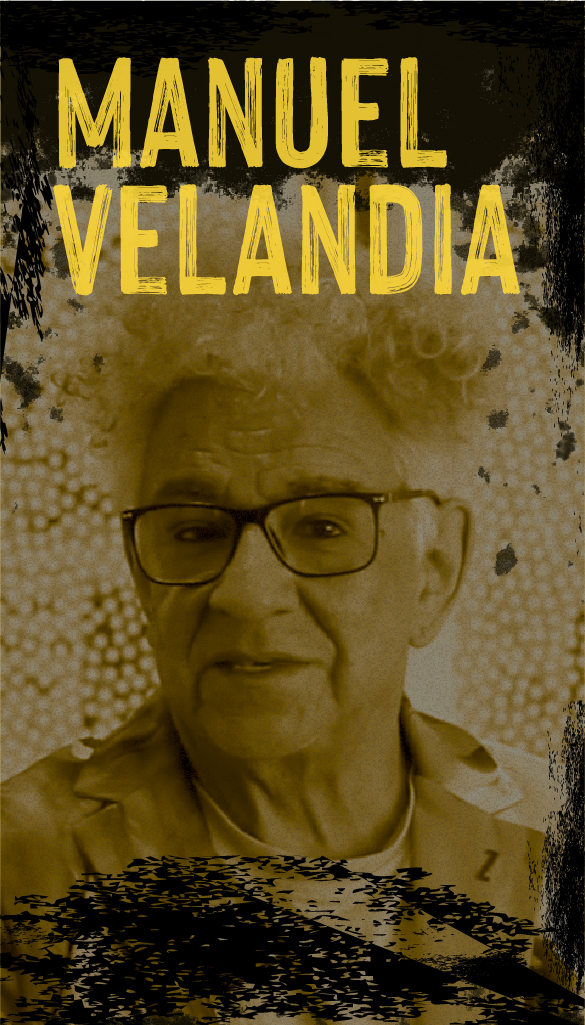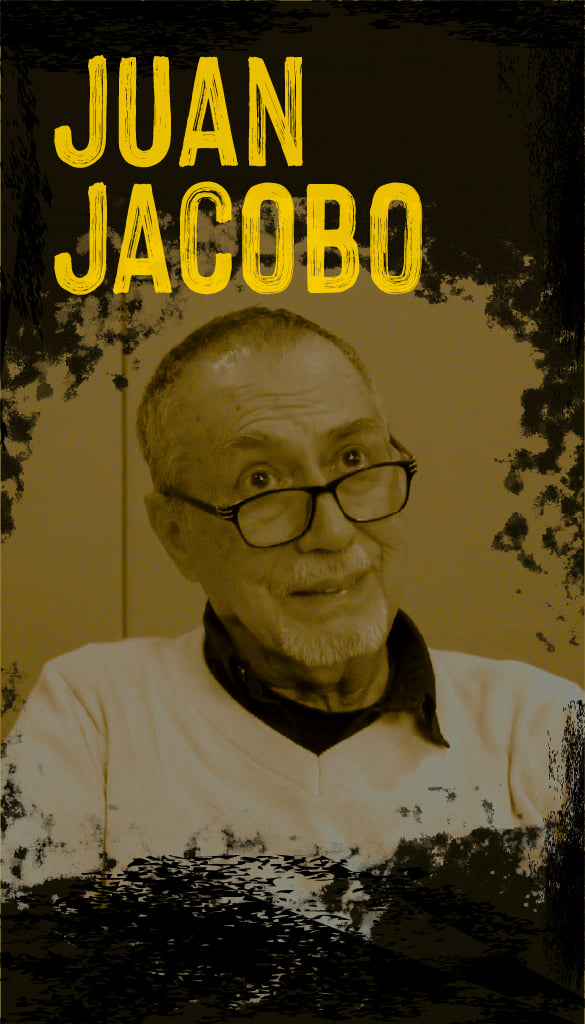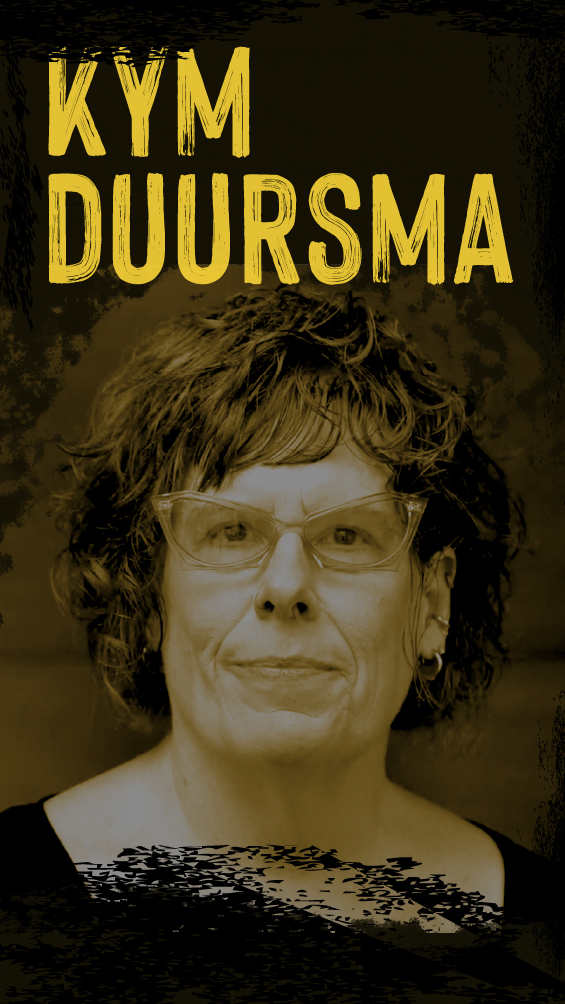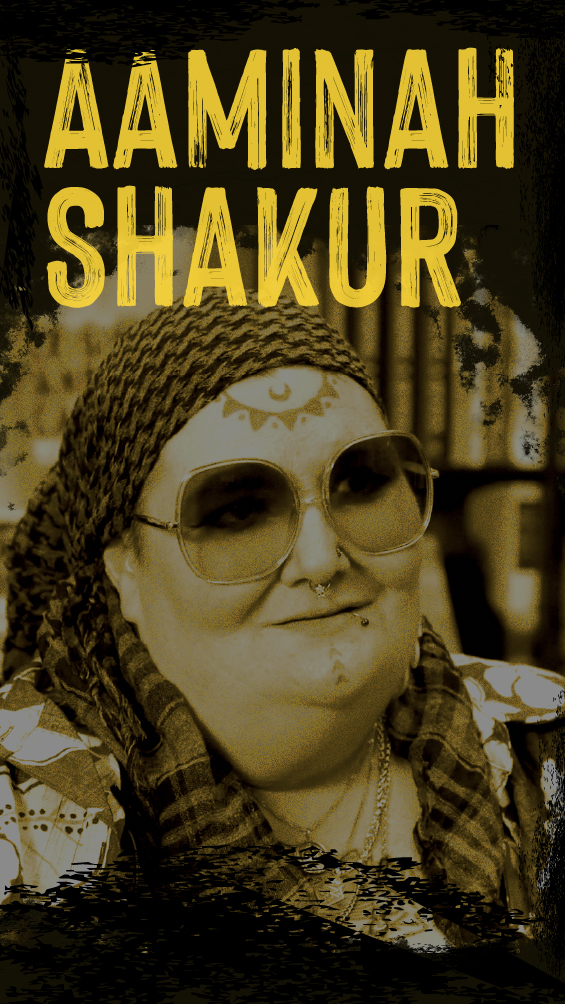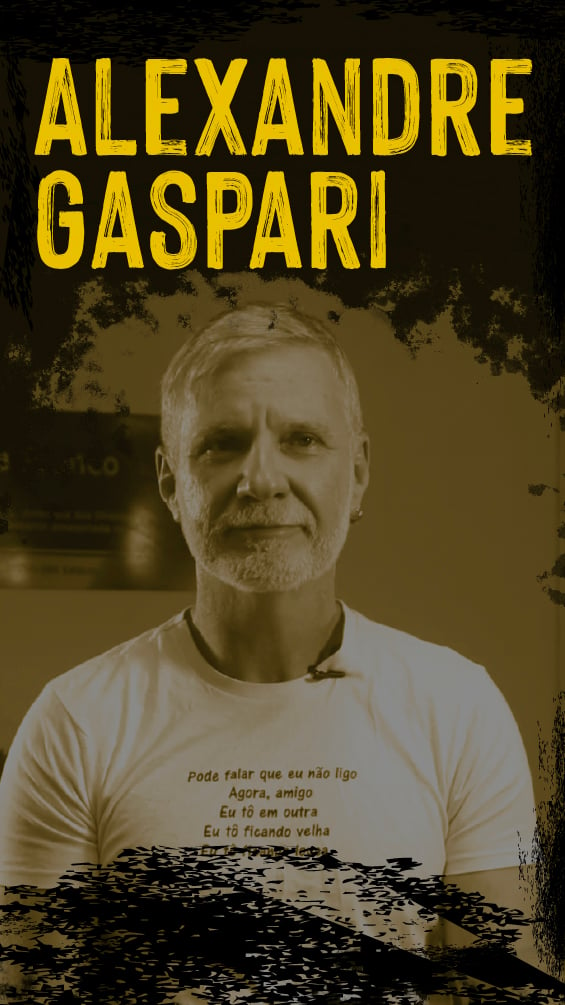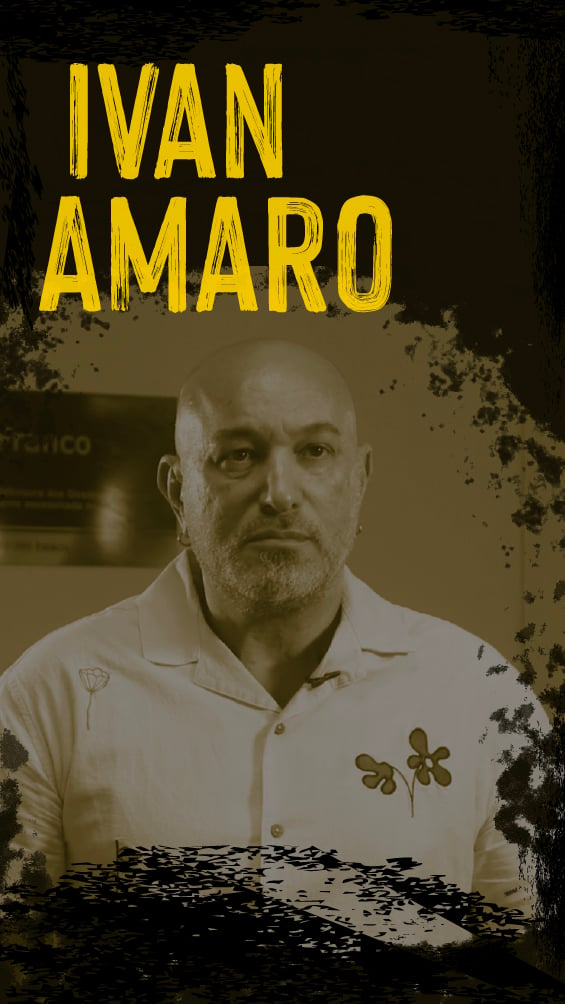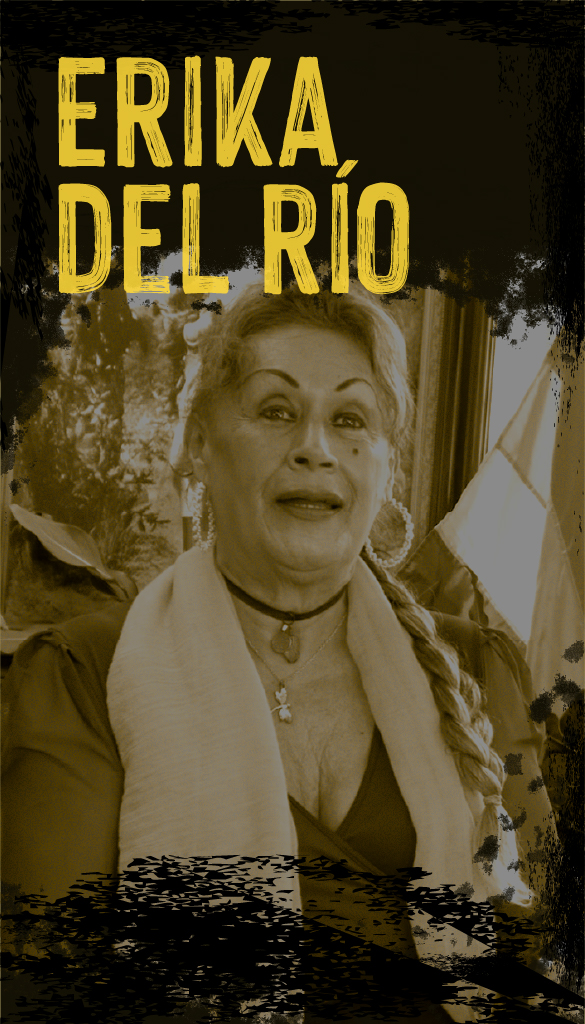Banners that marched to change everything return—because not everything has changed.

Mexico
“We’re proud to be homosexuals”
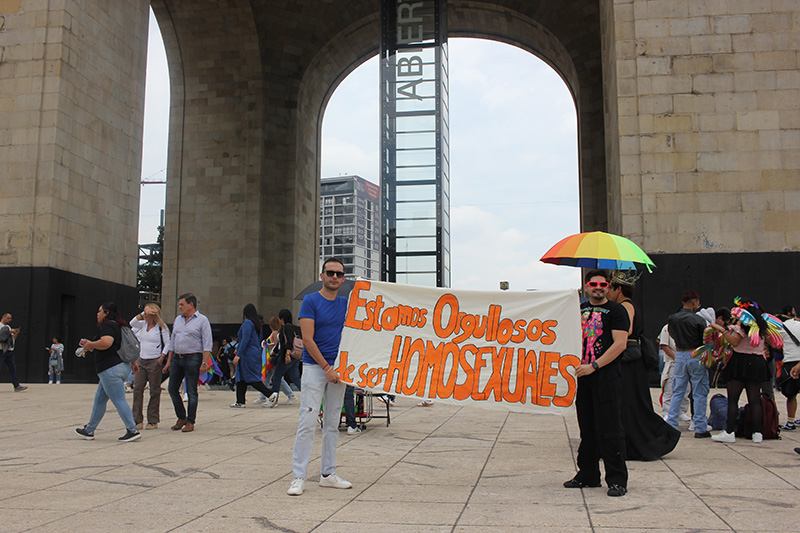
Mexico
“We’re proud to be homosexuals”
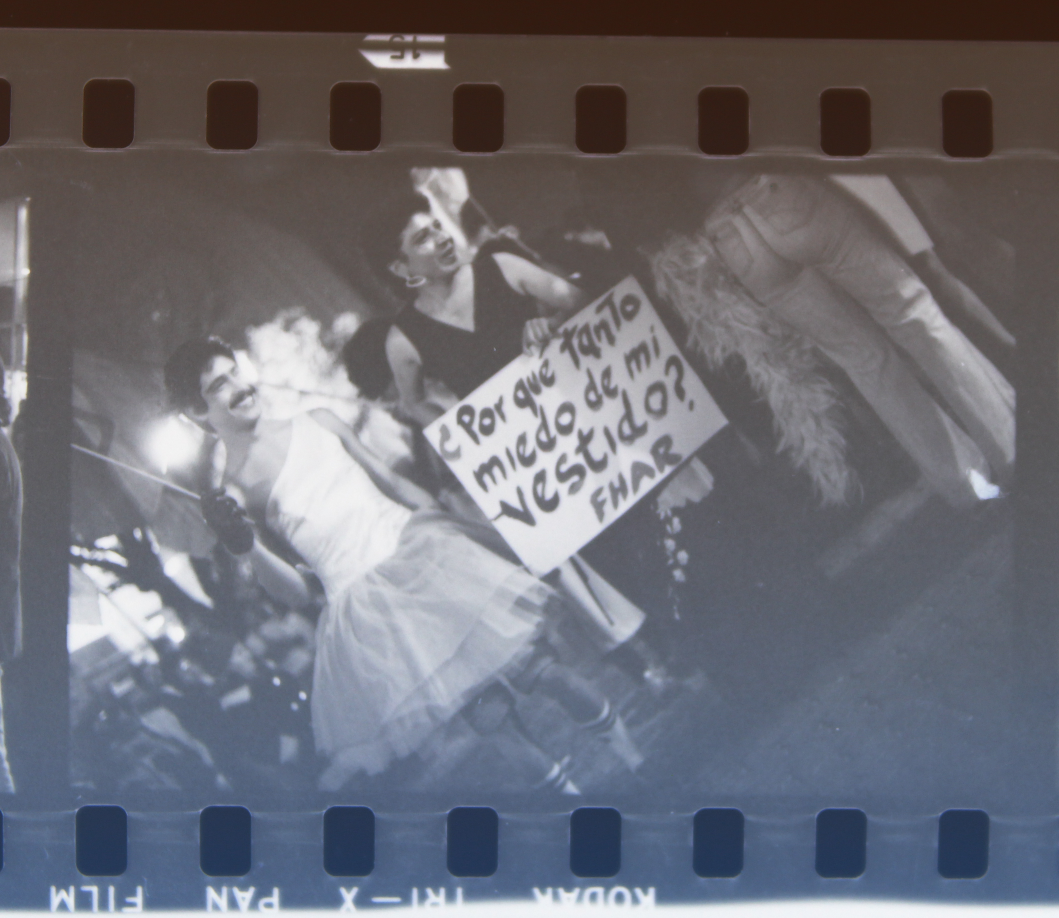
Mexico
“Why are you so afraid of my dress?” – FHAR
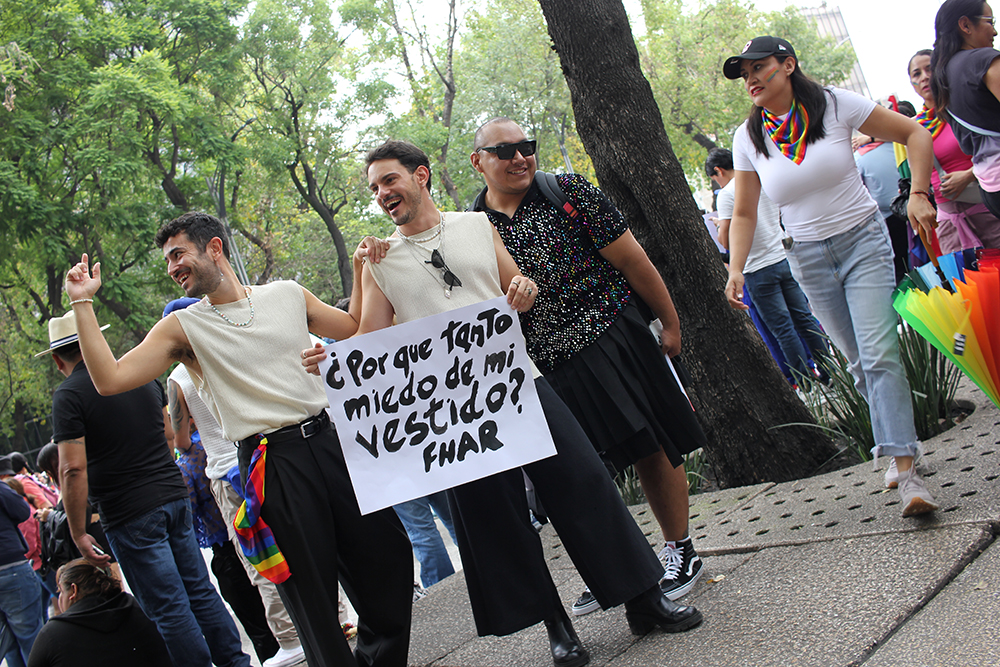
Mexico
“Why are you so afraid of my dress?” – FHAR
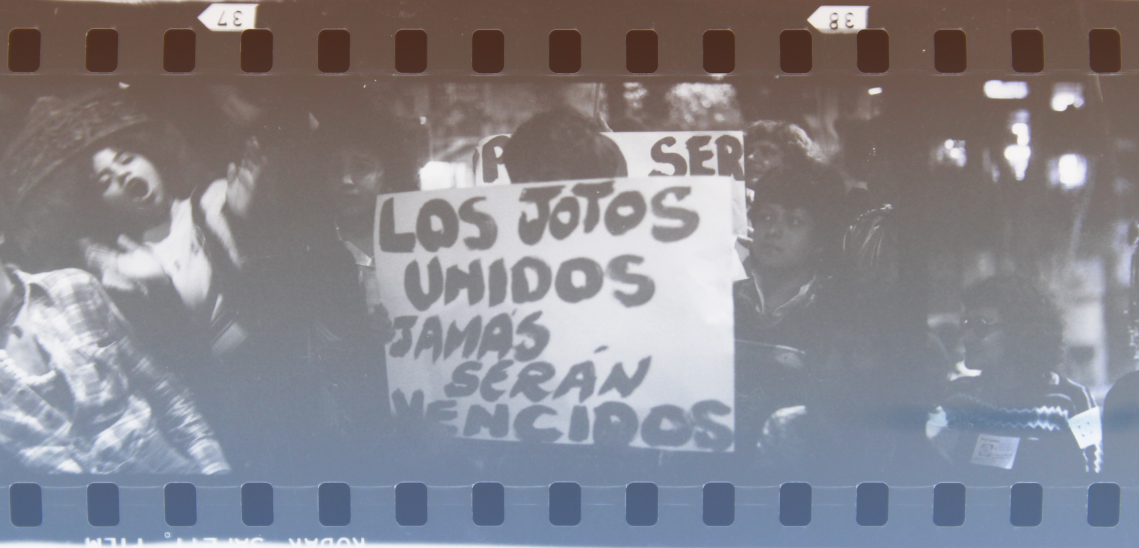
Mexico
“Queers united will never be defeated”
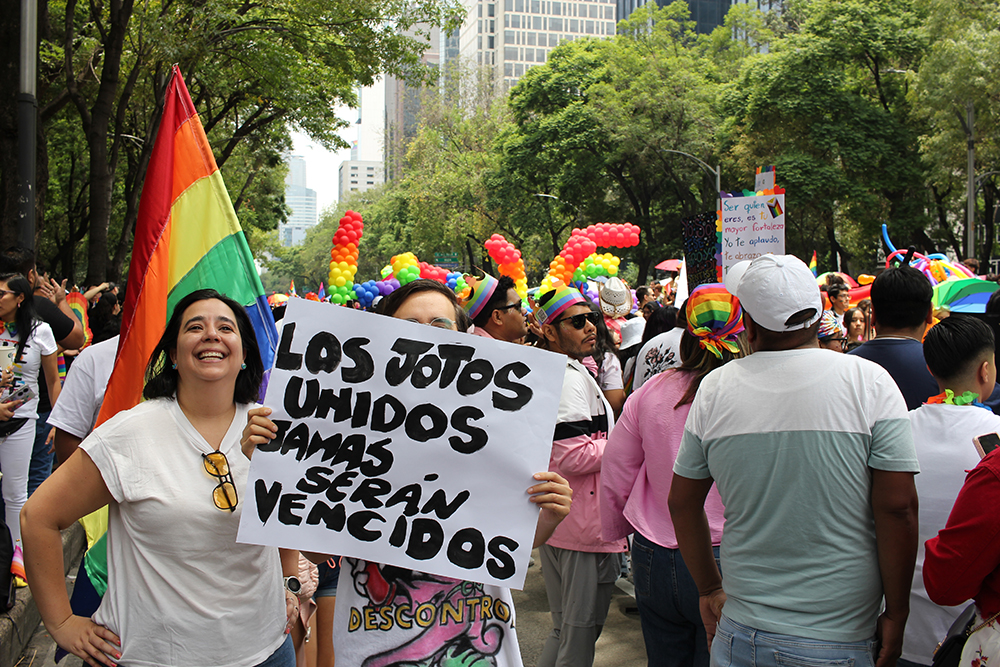
Mexico
“Queers united will never be defeated”
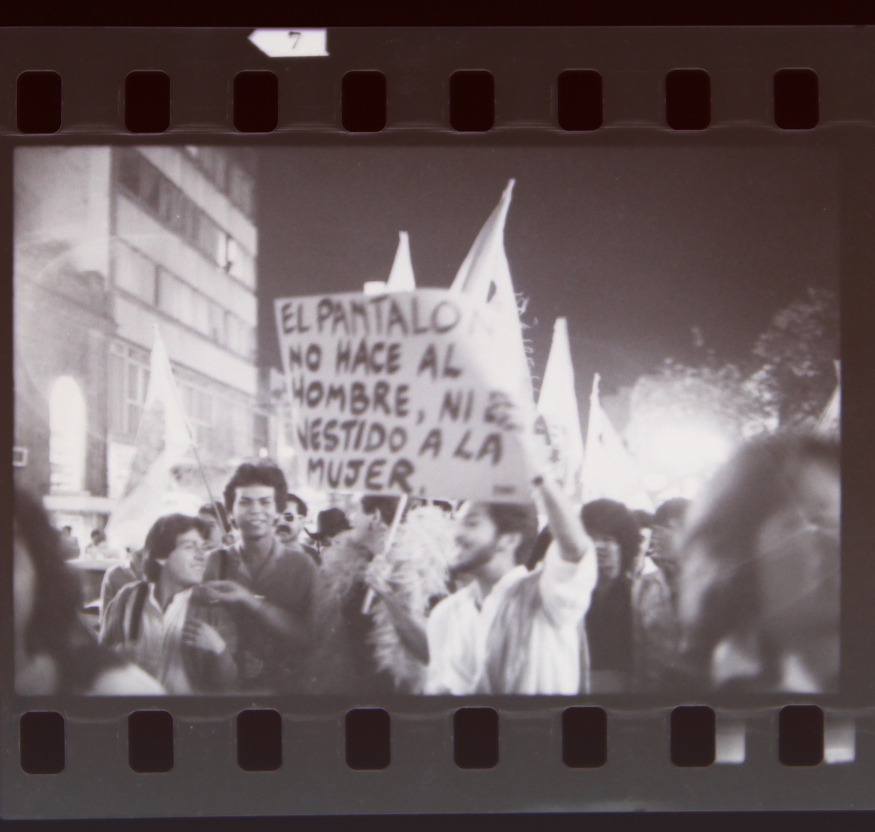
Mexico
“Pants don’t make a man, and a dress doesn’t make a woman”
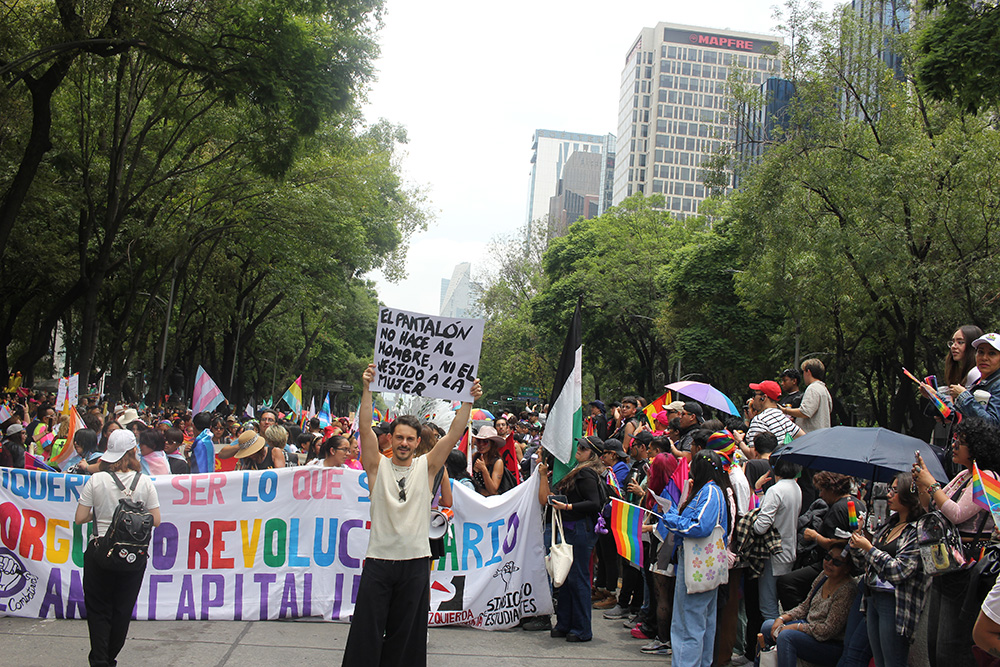
Mexico
“Pants don’t make a man, and a dress doesn’t make a woman”

Mexico
“Lesbians and homosexuals — neither sick nor criminals”

Mexico
“There are lesbian mothers too”
Mexico
“Revolutionary Homosexual Liberation Front”

USA
“Just another loud and proud radical bisexual feminist christian hich grad”
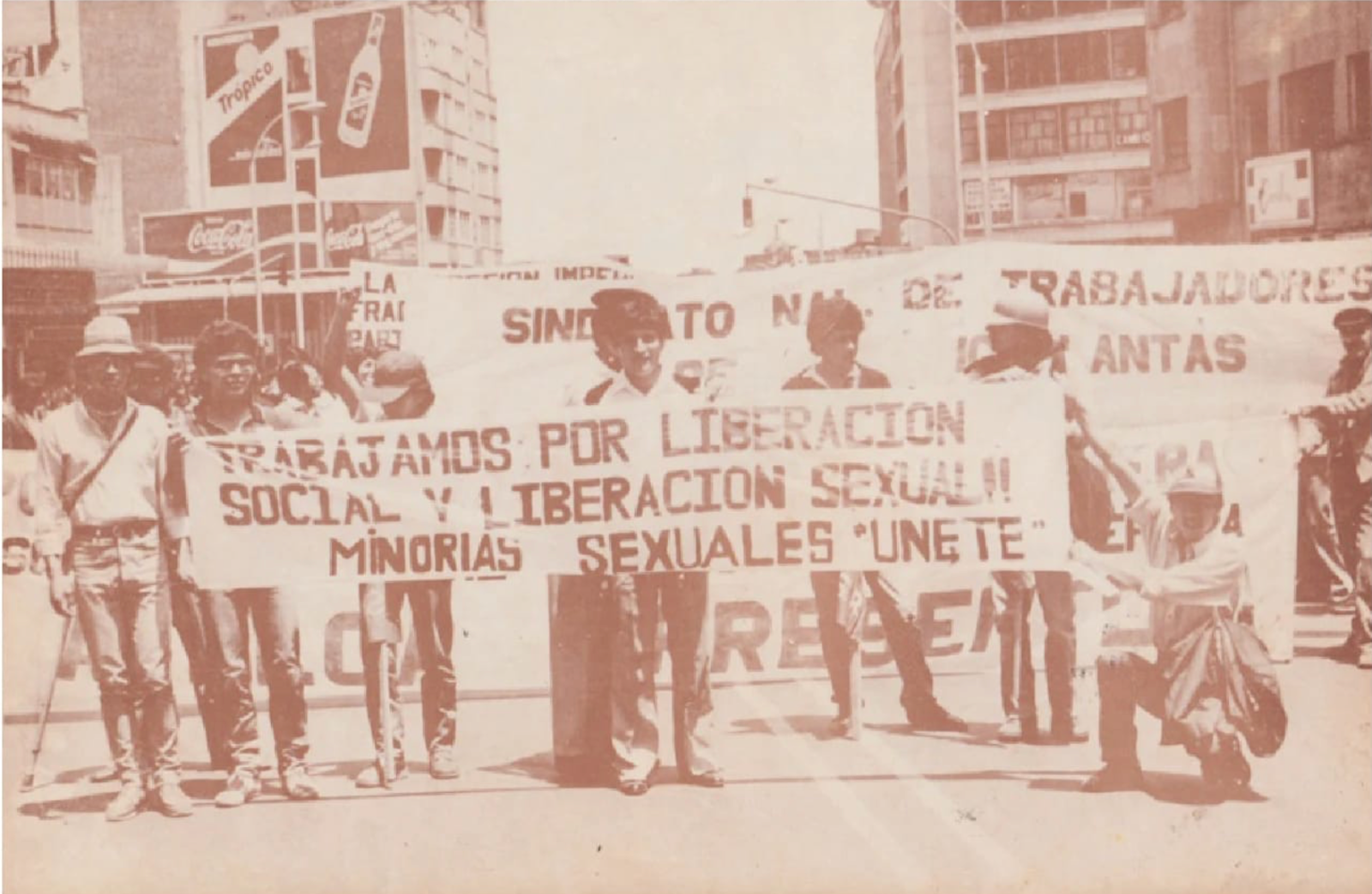
Colombia
“We fight for social and sexual liberation. Sexual minorities — JOIN US”
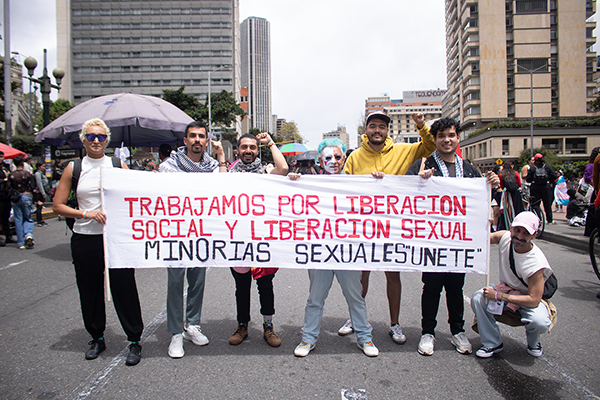
Colombia
“We fight for social and sexual liberation. Sexual minorities — JOIN US”

Colombia
“We are born free and equal — and we deserve the same rights, freedoms, and opportunities”
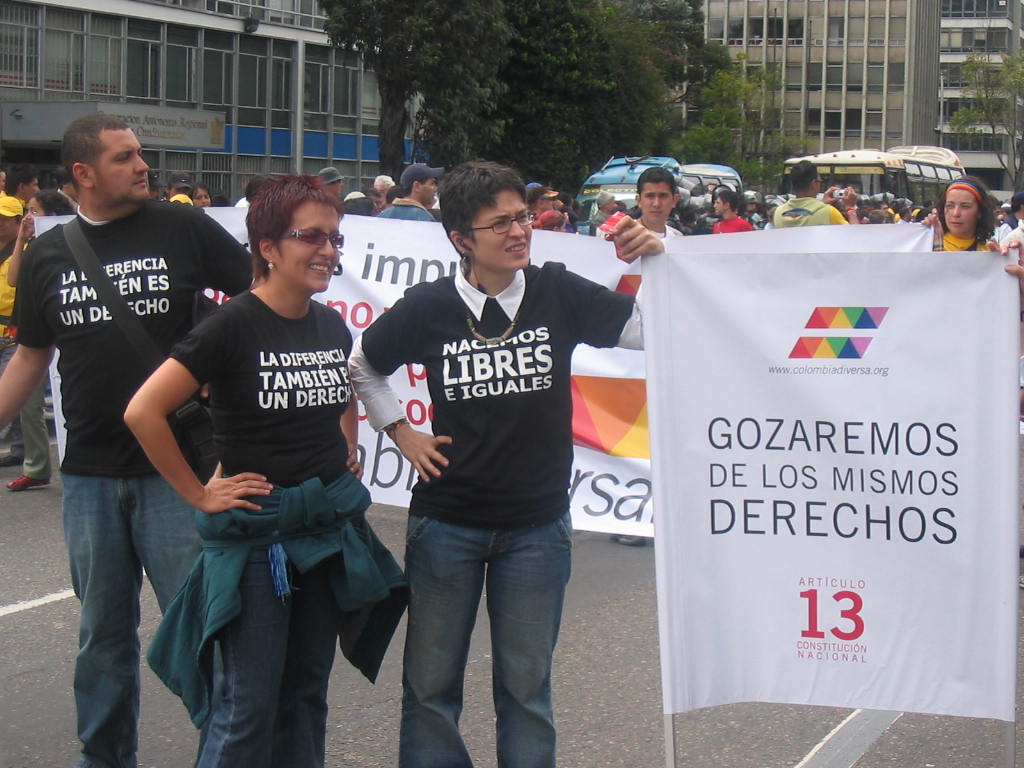
Colombia
“We deserve the same rights, freedoms, and opportunities”
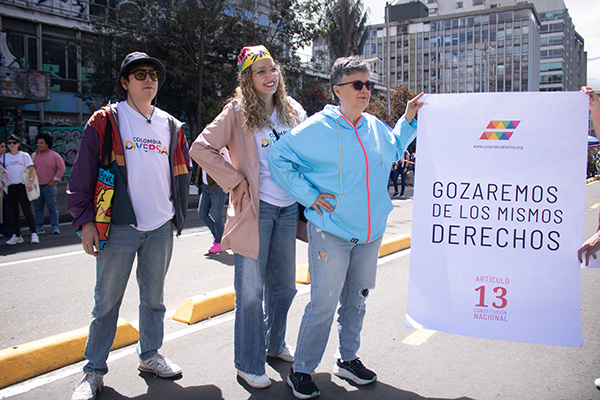
Colombia
“We deserve the same rights, freedoms, and opportunities”
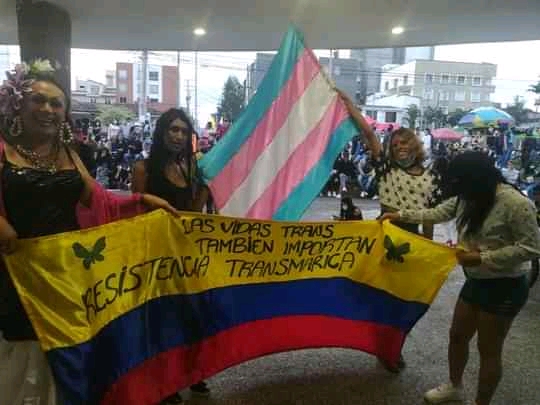
Colombia
“Trans lives matter too” – TransMarica Resistance
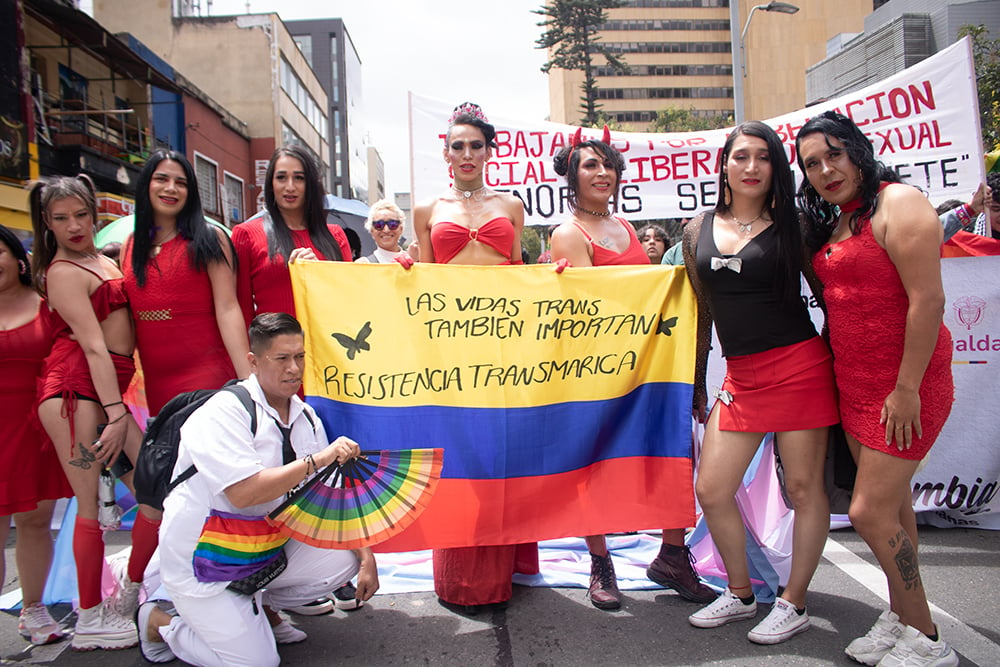
Colombia
“Trans lives matter too” – TransMarica Resistance
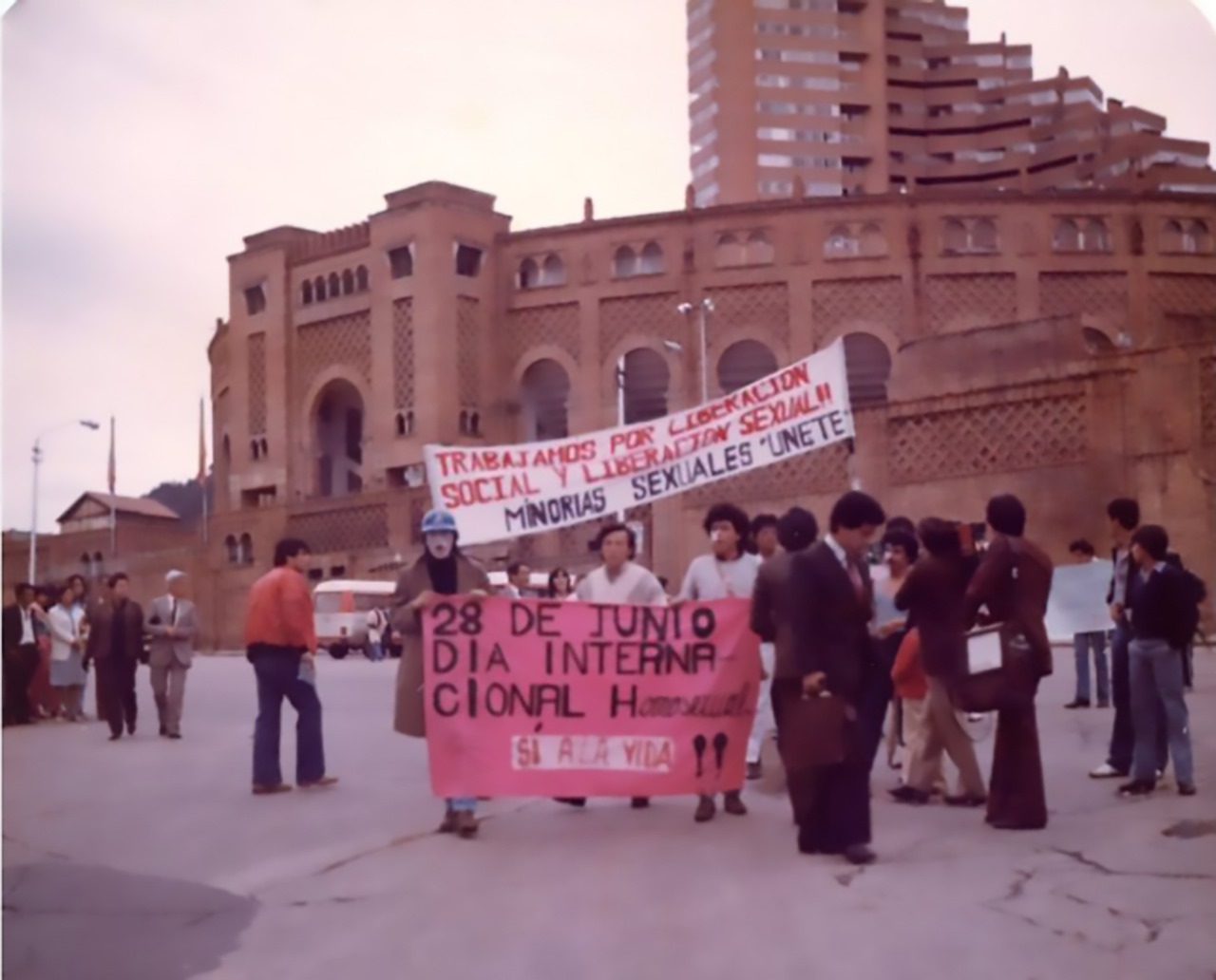
Colombia
“June 28 — International Homosexual Day. Yes to life!!”
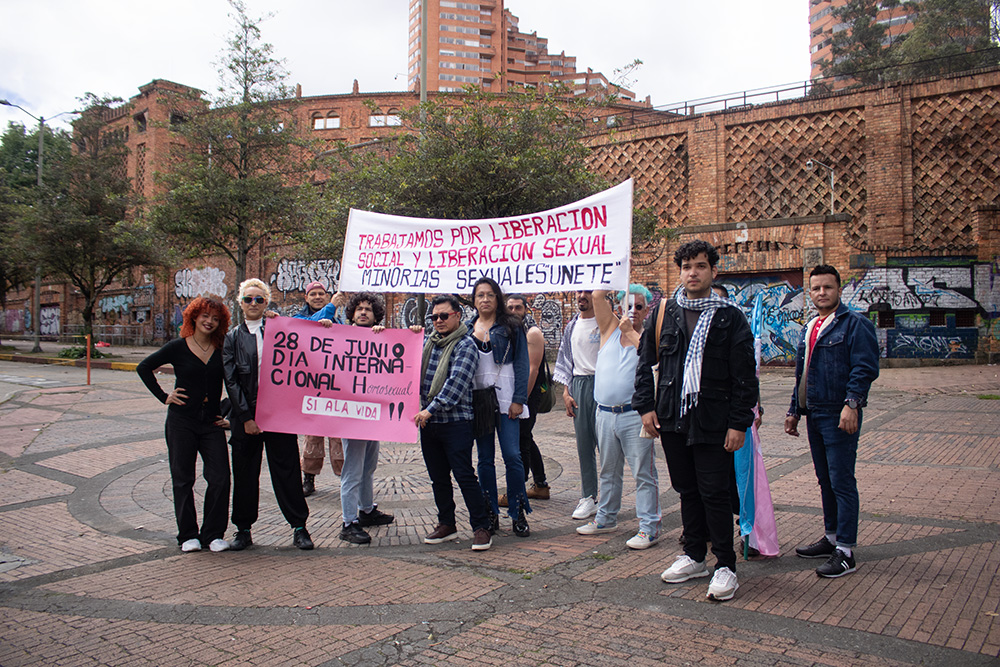
Colombia
“June 28 — International Homosexual Day. Yes to life!!”
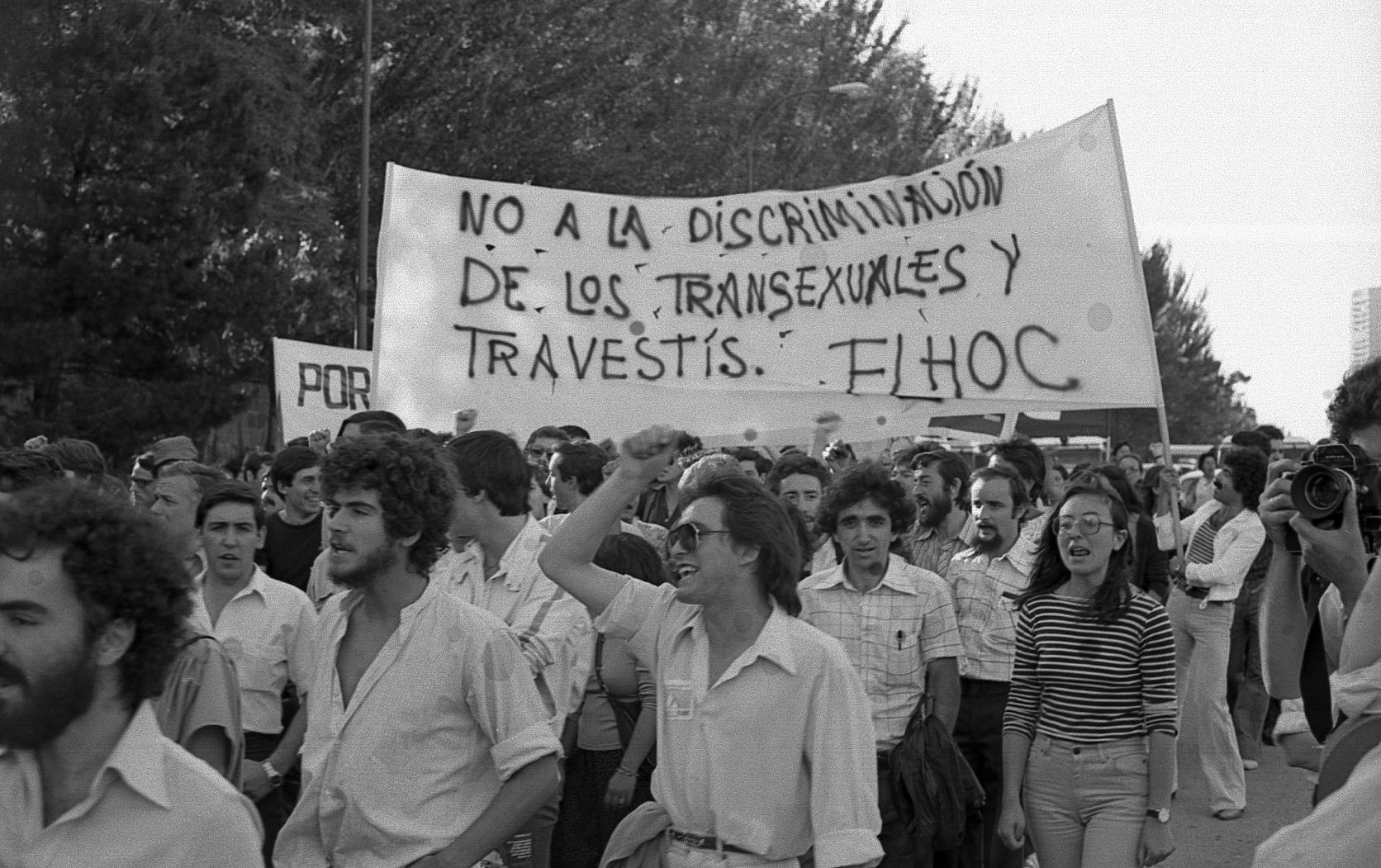
Spain
“No to discrimination against transsexuals and travestis” – ELHOC
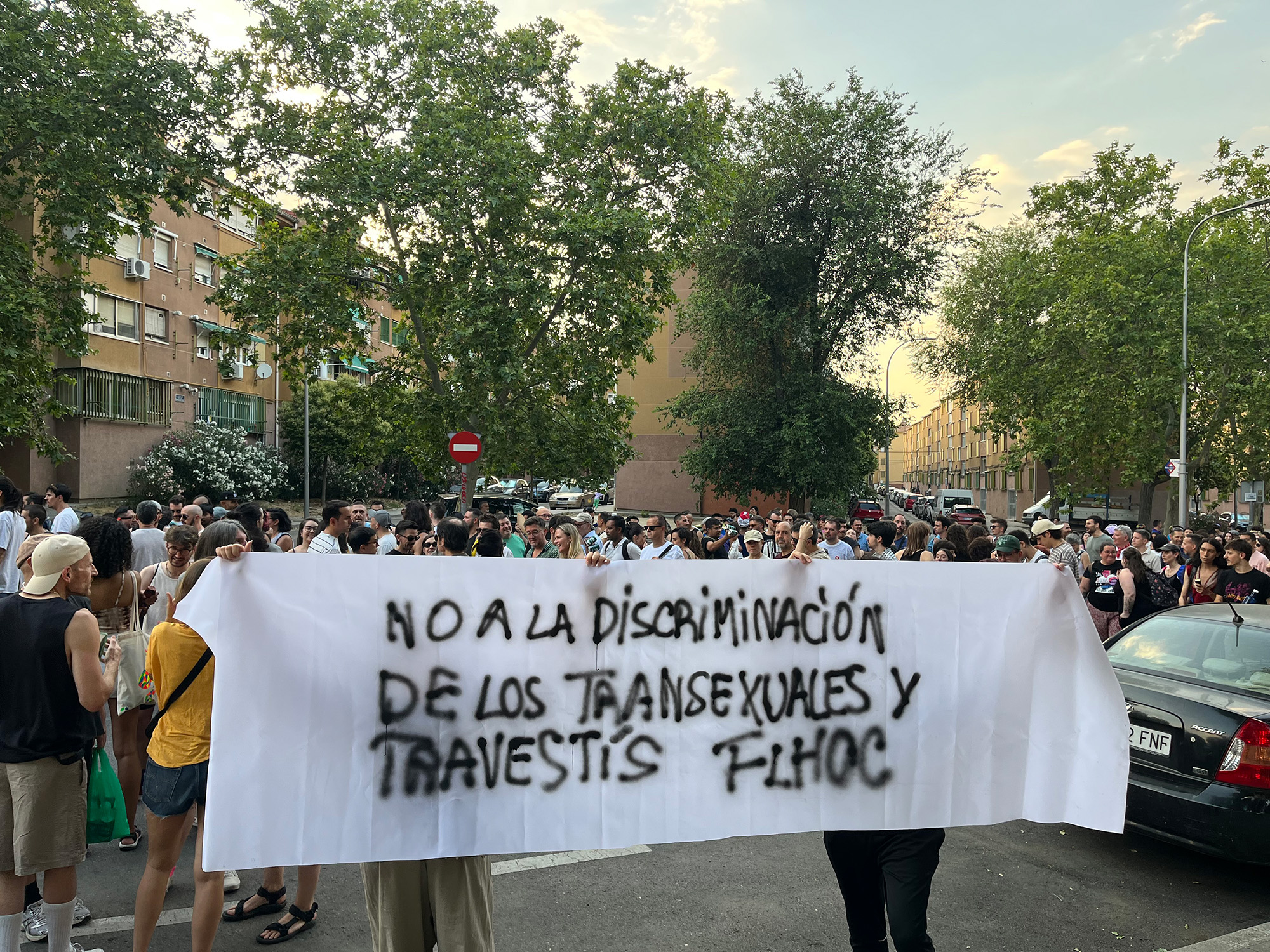
Spain
“No to discrimination against transsexuals and travestis” – ELHOC
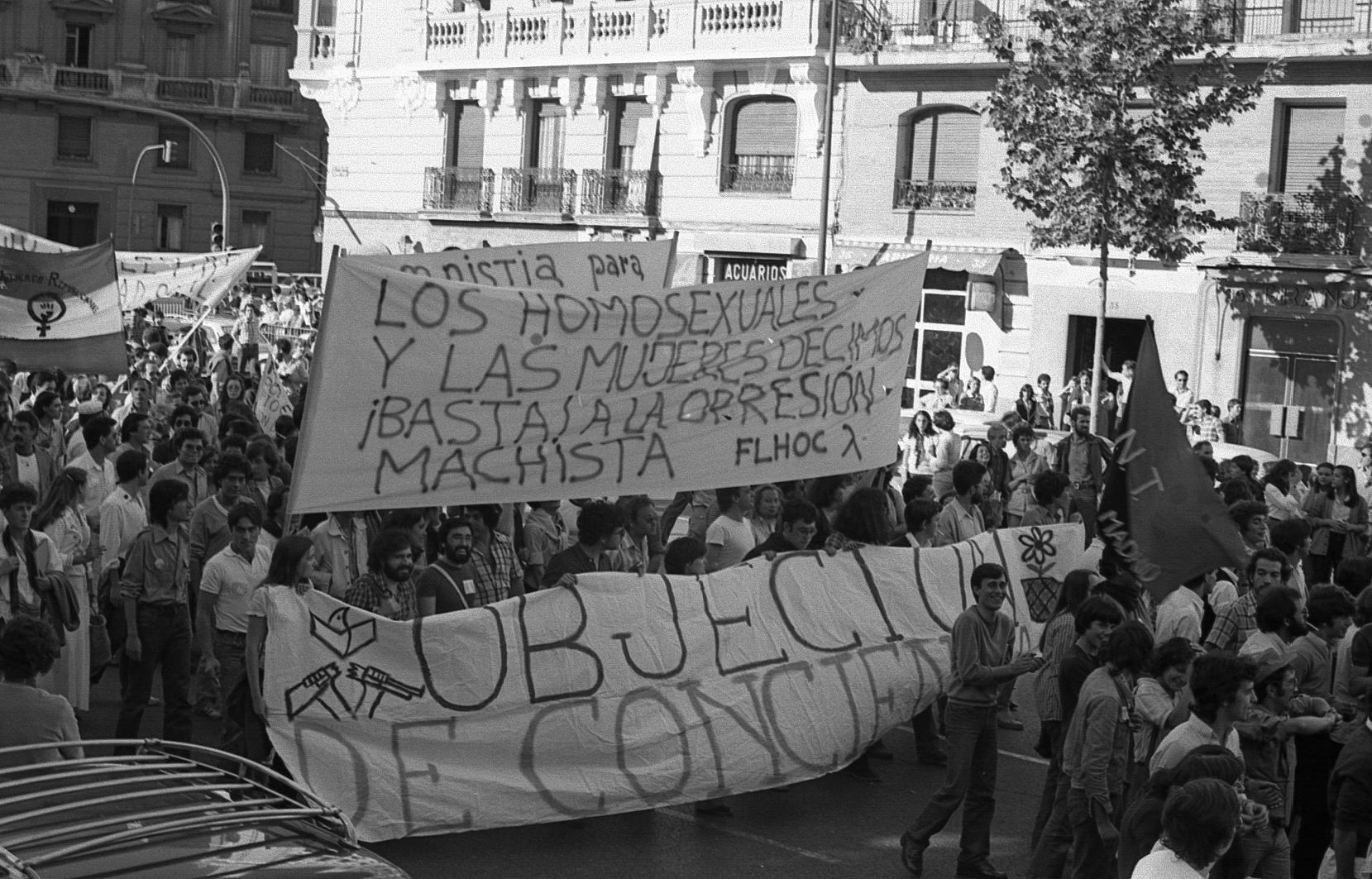
Spain
“Gay people and women say: Enough to sexist oppression”

Chile
“For our united siblings. MOOVILH” – Homosexual Liberation Front
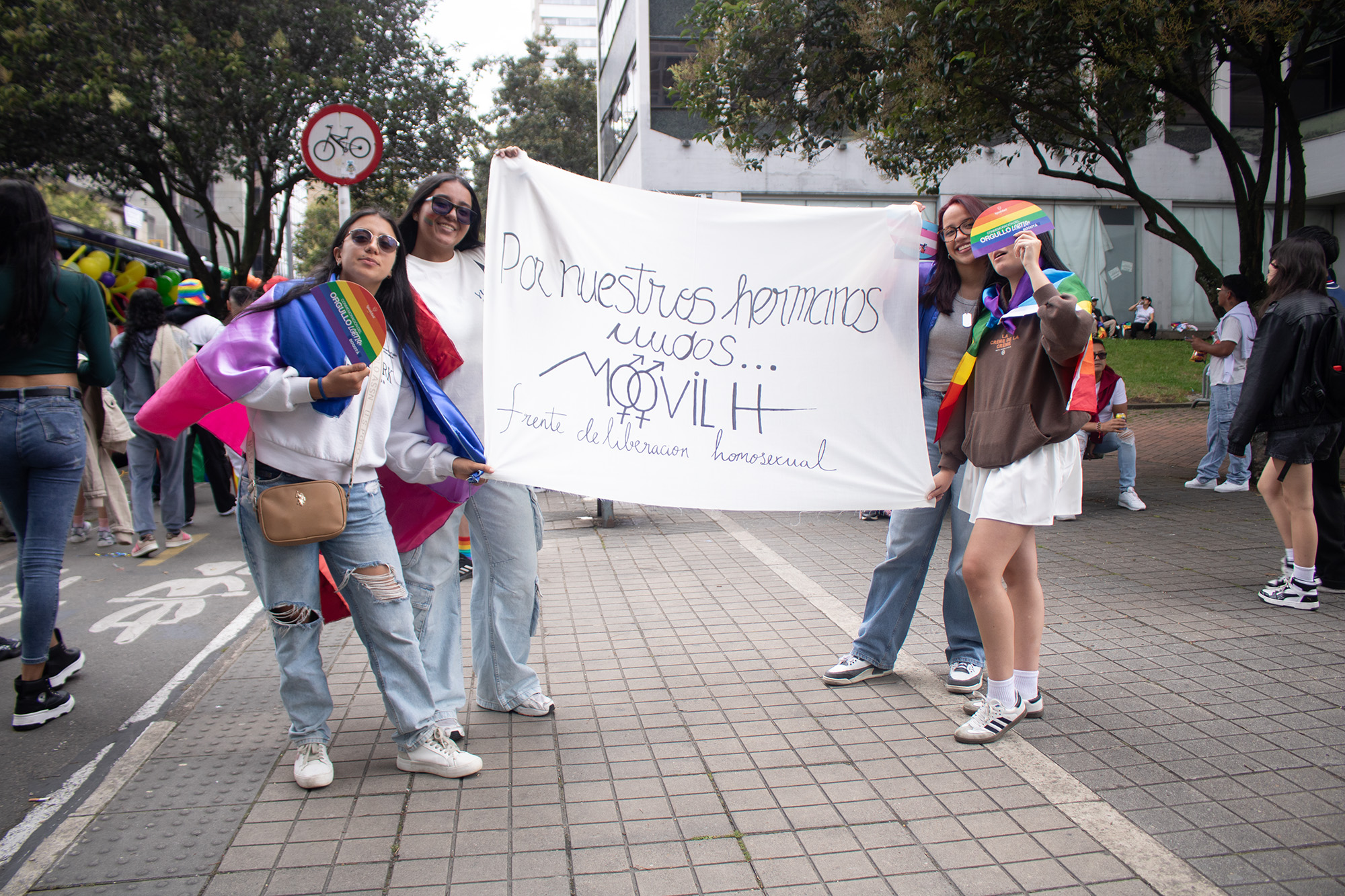
Chile
“For our united siblings. MOOVILH” – Homosexual Liberation Front
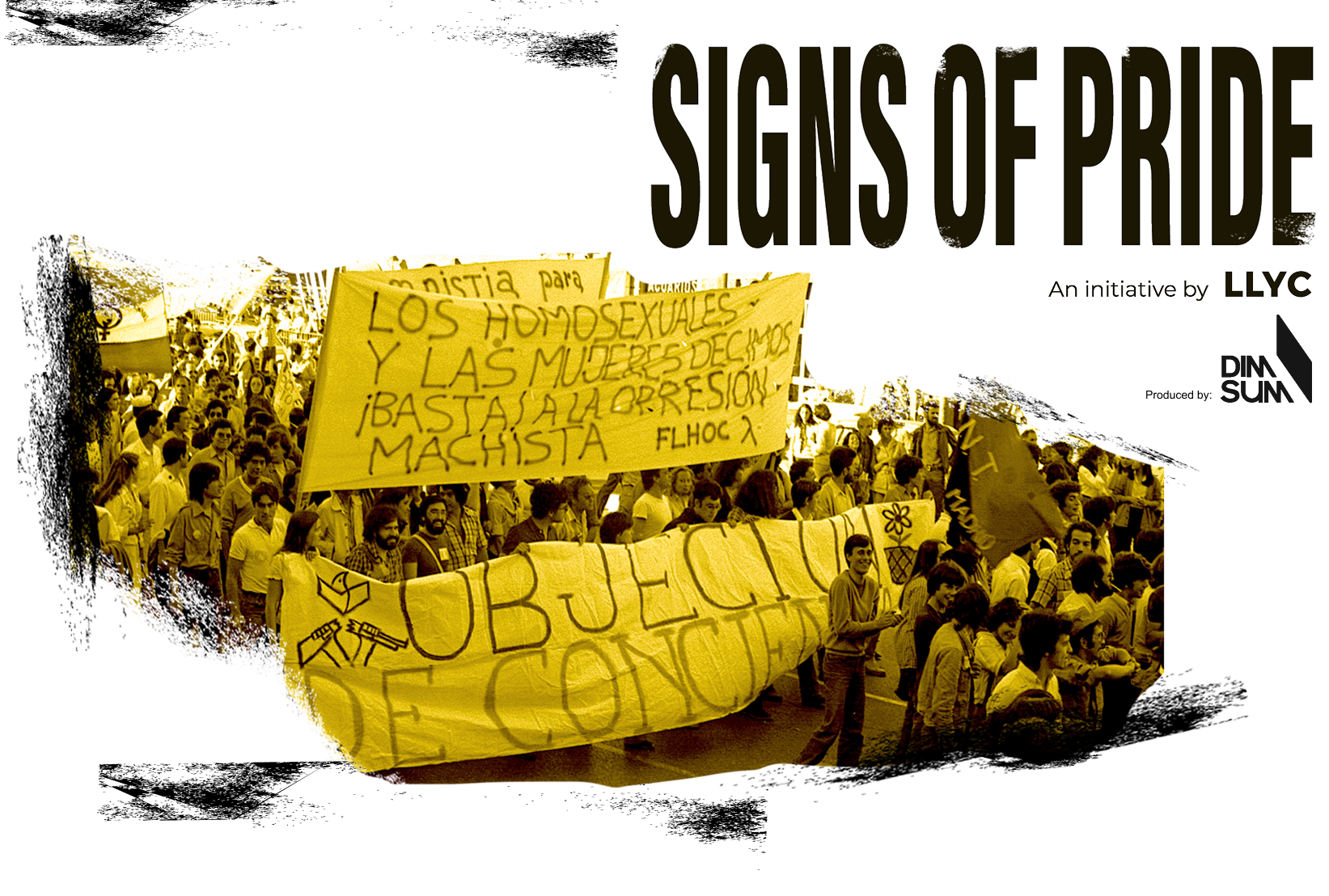
Banners from the past to defend
the present
An initiative that brings original protest banners from the first Pride marches back to the streets, decades later.
A living tribute to the activism that paved the way. A timely response to an urgent reality: more than 90 legal reforms have rolled back essential rights for the LGBTQ+ community in different countries in just three years. And a bridge between generations—one that reminds us what was won yesterday must be defended today.

Manuel Velandia
Colombia
70 years old
First march: 1983
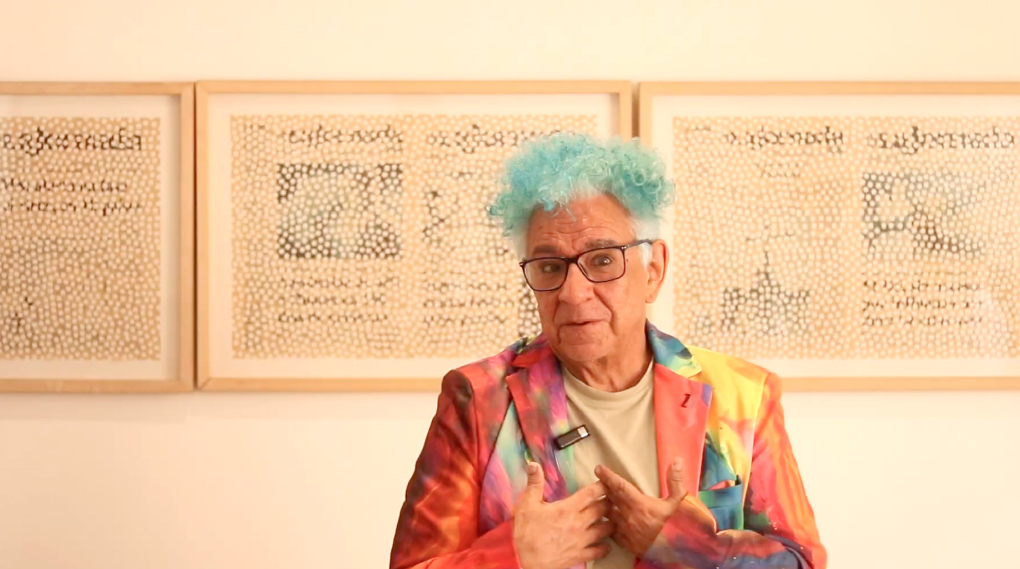
Manuel Velandia took part in Colombia’s first-ever LGBT march on June 28, 1983. But he remembers an earlier moment as the true breakthrough: “the first time we queers took to the streets was on May 1.” In a country where gatherings of more than three people were banned, the march was a deeply political and symbolic act. They wore pink triangles outlined in black, painted their faces, and carried their ID numbers to say, “we are here.” One of the chants he recalls most clearly was, “We are not criminals or deviants—just homosexuals.” One of his signs read: “Mother, if you love your man, let me love mine.”
While Colombia has made legal strides, Manuel warns that many LGBTQ+ rights aren’t codified in law but rest on court rulings—making them fragile. On global setbacks, he notes the rise of right-wing movements and reminds us that progress isn’t linear—it spirals, and every step back can lead to another push forward. His message to new generations is simple: “Staying alive means staying relevant.” At 70, Manuel hasn’t put down his camera or his voice. He reminds us the fight goes on and history matters—because as long as we honor the steps that got us here, we’ll have the tools to defend what’s been won and keep moving forward.

Juan Jacobo Hernández
Mexico
83 years old
First march: 1979
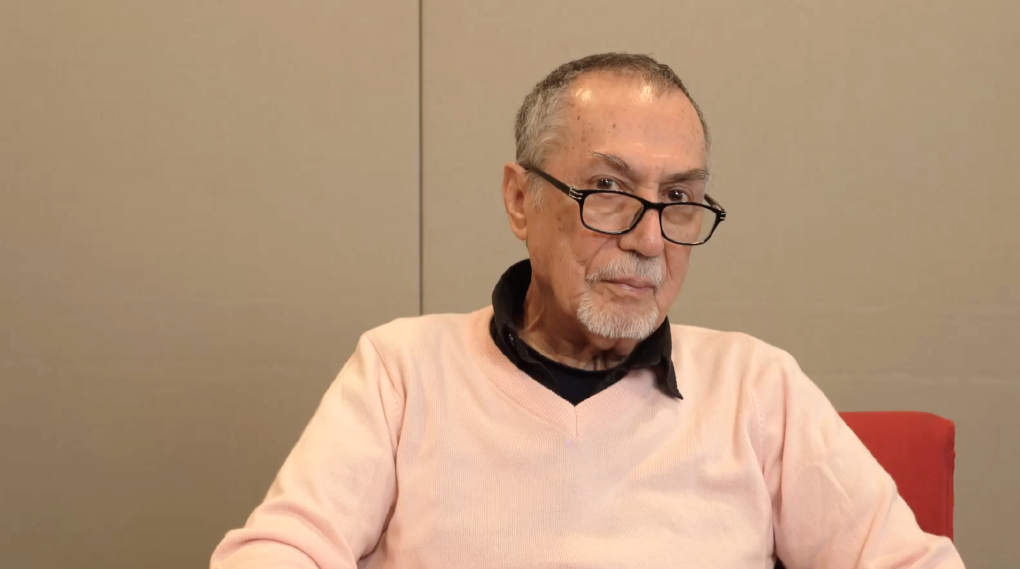
Juan Jacobo Hernández Chávez, founder of Colectivo Sol, was part of Mexico’s first LGBT Pride march in 1979. He remembers that day as one of pure joy and exhilaration—when gay men, lesbians, and travestis took over the public space for the first time, with banners that read things like, “Enough police repression!” and “Why are you so afraid of my dress?”
The march came after weeks of organizing in a world without social media, where visibility meant spray-painting walls and handing out flyers in gay gathering spots. What stayed with him most from that day was the shared feeling of dignity and courage—of being seen and showing up, together.
Today, while he no longer calls himself a street activist, Juan Jacobo remains deeply committed to the cause—now through memory work: documenting our stories so they’re not lost to time. In the face of growing legal rollbacks led by conservative forces worldwide, he stresses the need to resist, to build strong organizations, and to never back down. His message is clear: knowing our past is key to understanding our present and building a better future—even if younger generations don’t know the names of those who opened the doors they now walk through freely.

Kym Duursma
USA
First march: 1992
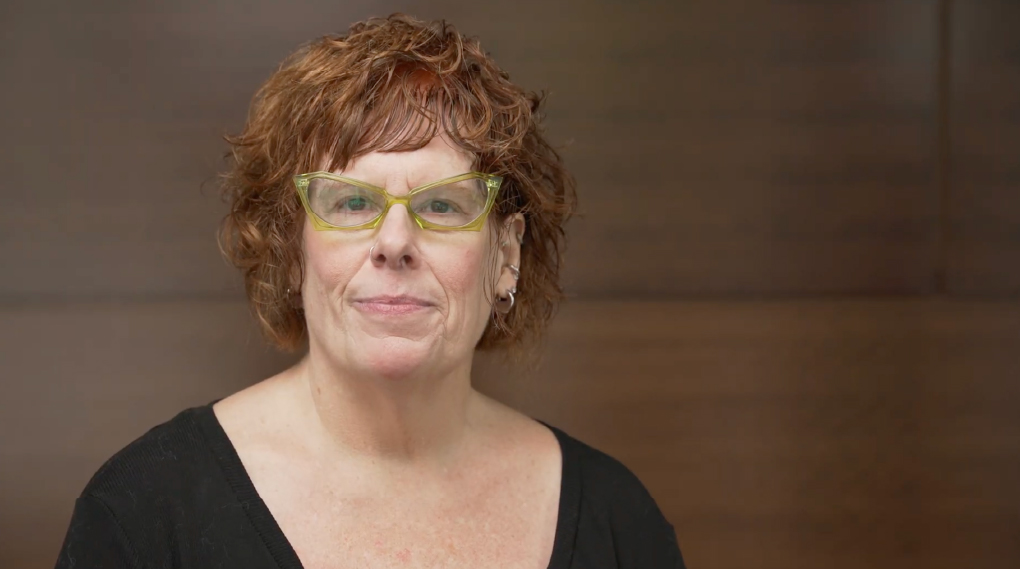
Kym went to her first Pride while working at Planned Parenthood, though she hadn’t yet come out. Back then, she joined as an ally, not fully feeling like part of the community. Years later, after falling in love with two different women at different points in her life, she began questioning her identity more deeply. That’s when Pride took on new meaning: “This is where I belong,” she remembers.
Her first march was with Windfire, a social support group for queer youth she led at a church. They made a banner with the word “Windfire” and marched behind it: “It wasn’t just for the young people. It was for me, too.”
Today, Kym knows the fight isn’t over. In the face of renewed attacks, she believes the community must stay united—especially when it comes to supporting trans people: “When one of us is discriminated against, we all are.” She stresses the need for active engagement—talking to legislators, lobbying, and reminding decision-makers that their actions matter. Her message to the next generation is clear: “You can’t rest on the work that grandma or grandpa did. […] Some of us are ready to pass the baton. Unfortunately, there’s still work to be done. But it’s good work. It’s—well—good trouble we’re getting into.”
Ramón Linaza
Spain
67 years old
First march: 1978
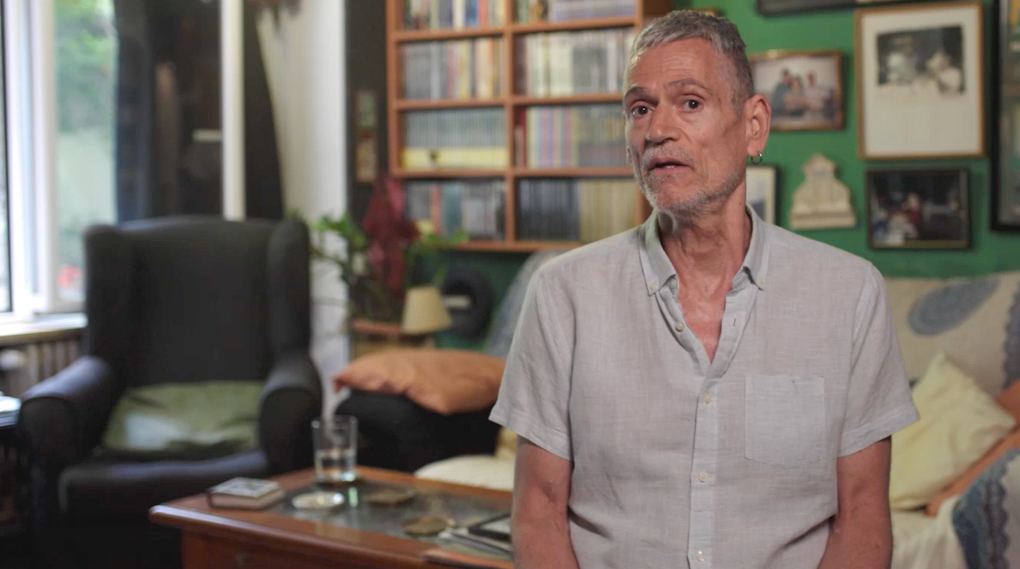
Ramón Linaza joined the first Pride demonstration in Barcelona in 1978, just days after Spain’s first democratic elections. It was a bold and dangerous act, still under the threat of a law that criminalized homosexuality. The march was violently broken up by police but sparked LGBTQ+ organizing in cities like Madrid, Valencia, and Bilbao. Ramón helped found the Homosexual Liberation Front of Castile and spent months in meetings, making flyers and hand-painted banners in a toy store. Their demands were clear: “sexual freedom,” “full amnesty,” and “repeal the repressive law.” They knew they were making history.
Since then, there’s been progress—but also setbacks. Ramón points out that anti-LGBTQ+ violence in Spain has doubled in the past year, and warns of a dangerous rise in hate speech—even from public institutions. He laments how trans people and lesbians were long erased from the narrative, and how trans, migrant, and low-income folks remain the most vulnerable today. His call is urgent: rights must be exercised and defended daily—with full awareness of how fragile they can be.

AAMINAH SHAKUR
USA
50 years old
First march: 1988
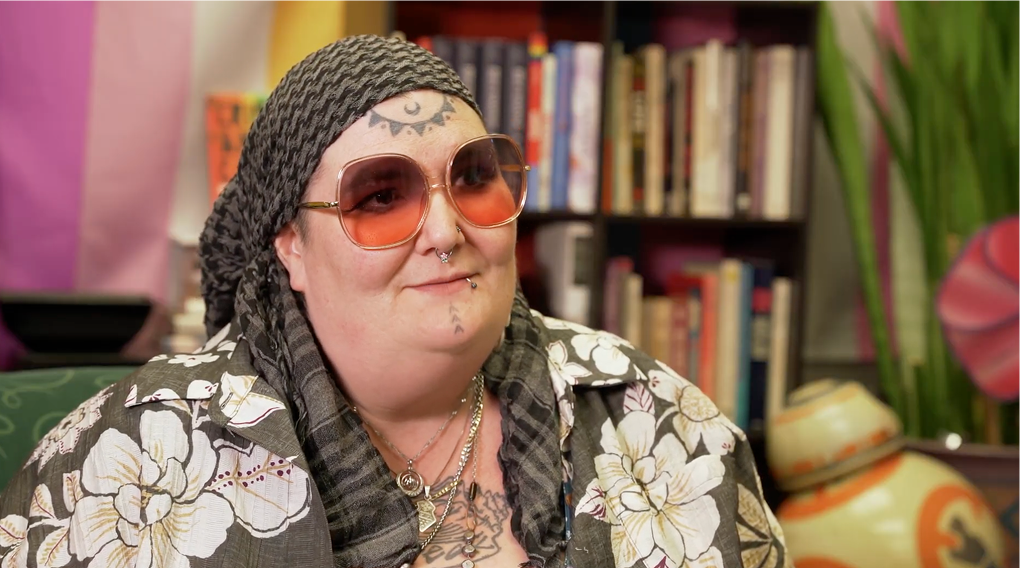
Aaminah went to their first Pride in 1988, just before turning 14. They were walking with their brother in Grand Rapids and stumbled upon it: “We stumbled on the first Pride Festival.” It was overwhelming—to see so many queer adults gathered, organized, and doing activism, especially around HIV.
Their current view of the movement is both critical and deeply invested. They believe the biggest challenges come from within the community: “We have to deal with transphobia from the gays, and homophobia from the trans folks. And biphobia and binary preferences from everyone.”
They also call out the exclusion of disabled people in much of today’s activism.
In the face of backlash, they don’t waver: “There’s always going to be pushback […] and you keep going.” They believe everything is connected, and no cause is separate from the LGBTQ+ struggle. Their message is powerful: “Learn your history. Talk to your elders. […] You have a legacy of amazing people […] who should be respected, revered. They should be on your altar.”
Marcela Sánchez
Colombia
54 years old
First march: 1996
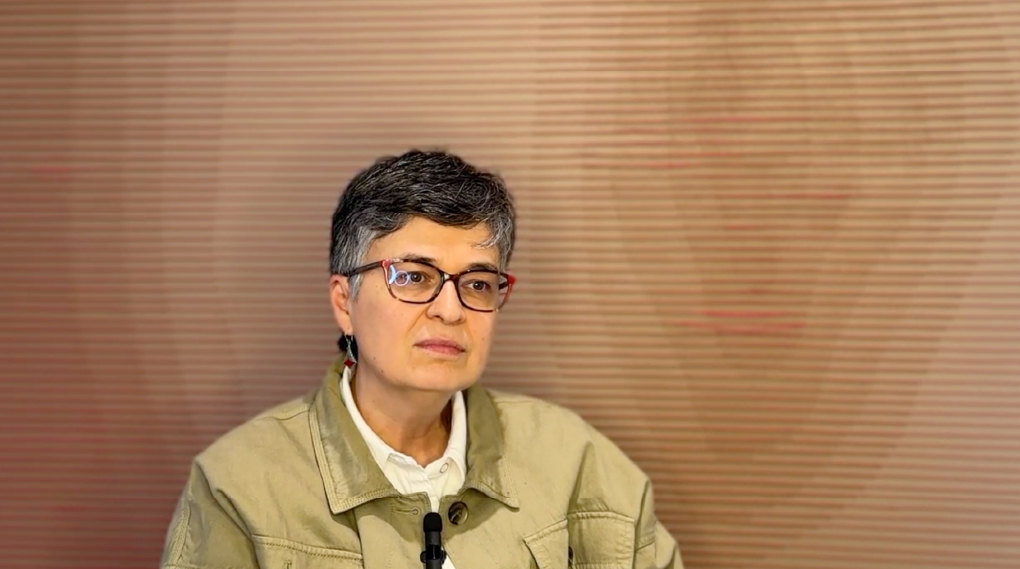
Marcela joined her first Pride march in Bogotá in 1996. It happened spontaneously after the weekly Ciclovía—people were on skates, bikes, and on foot. That same day, she appeared on national TV for the first time, openly identifying as a feminist lesbian. Overcoming fear, she realized that coming out publicly was a political act.
Now the director of Colombia Diversa and a leading voice in Colombian activism, Marcela reminds us that the movement’s achievements were the result of collective work: “Without the support of other social movements, it would’ve been impossible.”
She also warns that hard-won rights are not guaranteed. While Colombia hasn’t experienced major legal setbacks, there are over 90 global efforts underway to limit LGBTQ+ freedoms. For her, activism must go beyond the streets or the courts: it must rely on strategic alliances, technical expertise, and collective action. Her message is clear: “Not one step back.”
To the new generation, she says: feeling joy or anger can motivate you, but it’s not enough. “You also need technical work, alliances. We need to be strategic.”

Rolando Jiménez
Chile
65 years old
First march: 1993

Rolando Jiménez marched for LGBTQ+ rights for the first time in Chile in 1993. Though he had joined protests against the dictatorship in the ‘70s, this was his first time marching for queer visibility. “We made paper maché masks with veils,” he recalls, along with a hand-painted banner. They started with 15 people—others joined in, and in the end there were about 150. That first march was met with insults and exclusion, but it strengthened their resolve to claim space.
Today, Rolando is alarmed by a global backlash led by ultra-conservative groups seeking to reverse hard-won rights. In the face of this threat, he says the answer isn’t hate—it’s “humanity, compassion, dialogue, and education.” He emphasizes the importance of the LGBTQ+ movement’s independence from political parties and the need to build broad coalitions without losing focus. His final message is direct: “This takes work, work, and more work.” He believes every time someone in the movement fails to follow through, real people suffer discrimination. That’s why he insists: “If you’re not ready to be consistent, why are you asking for rights?”

Alexandre Gaspari
Brazil
53 years old
First march: 2002
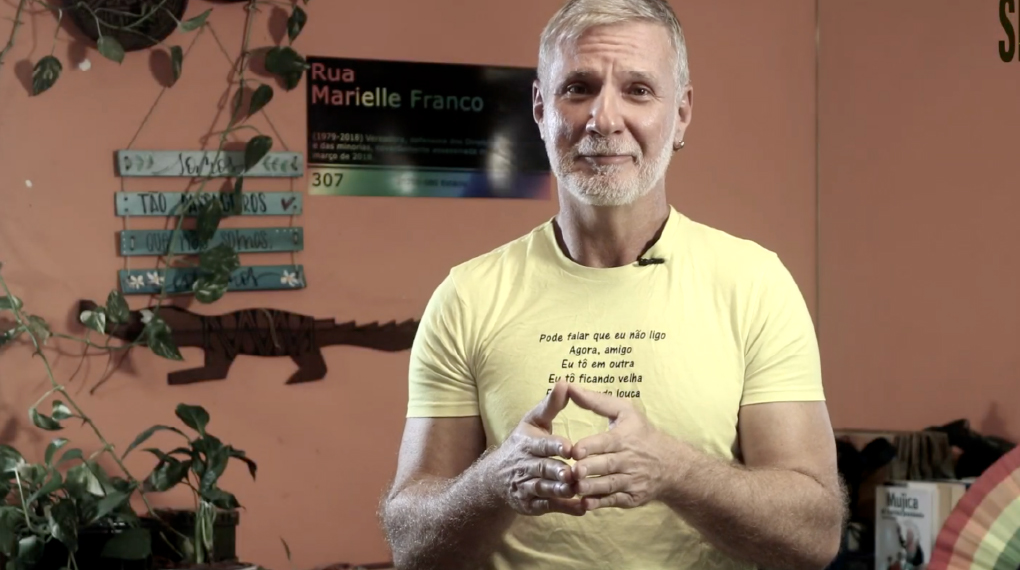
Gaspari attended his first Pride march in 2002, in Copacabana, still feeling afraid and unsure about his public identity. “I felt a knot in my stomach, fear,” he recalls. At the time, he didn’t fully understand the political meaning of the march and didn’t carry a sign. “I went just to see what it was about,” he says. But over the years, he began to see the parade as an act of resistance and affirmation.
Today, he’s aware of global setbacks: “We live in cycles. One day rights are won, and the next someone comes and takes them away.” That’s why he insists the fight must go on: “No one lets go of anyone’s hand.”
One of his greatest lessons was recognizing his own biases and understanding that all ways of being gay are valid. Since then, he has combined activism with academia, convinced that we must “spread knowledge and keep fighting in the streets too.”
His message to younger generations is clear: value memory. “Don’t dismiss that memory. Understand that people came before you, who suffered, taught, and made progress. But those gains are not permanent.”
Ivan Amaro
Brazil
58 years old
First march: 1999
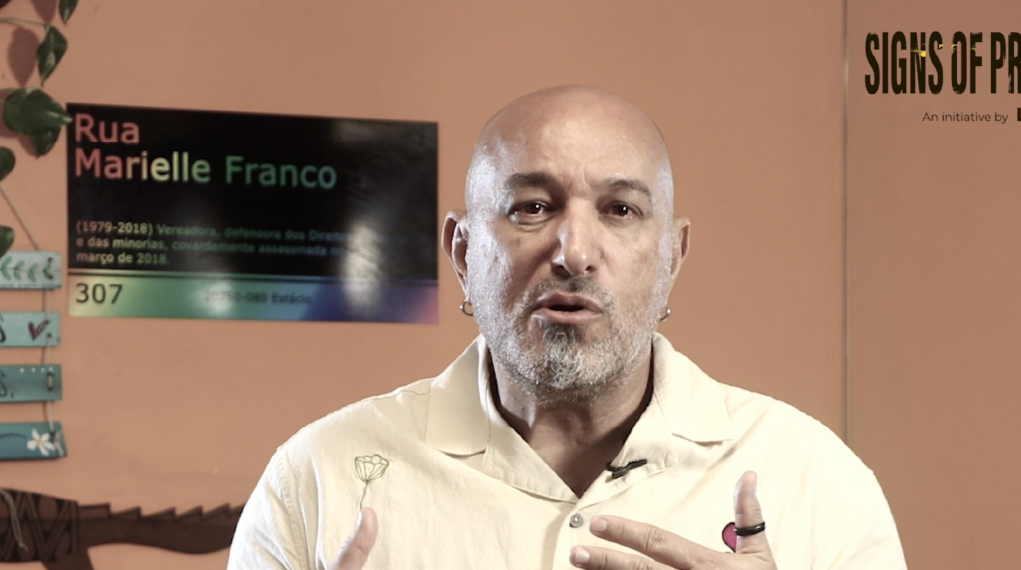
Ivan took part in his first LGBTI+ march in 1999, in Brasília. He arrived shy and still hadn’t fully come out as a gay man. At first, he stayed on the sidelines but eventually marched all the way to the Esplanada dos Ministérios. He didn’t carry a sign, although he remembers one that called for “equal rights in marriage.” That experience changed his perspective: “It was a moment of political expression.”
Since then, he has focused his activism on teacher training, convinced that “we are who we are, and we build our own history.” His message to new generations is clear: “Keep the memory of those who came before us alive” and “always stay alert so our rights aren’t taken away.”
Erika del Rio
Colombia
74 years old
First march: 2012
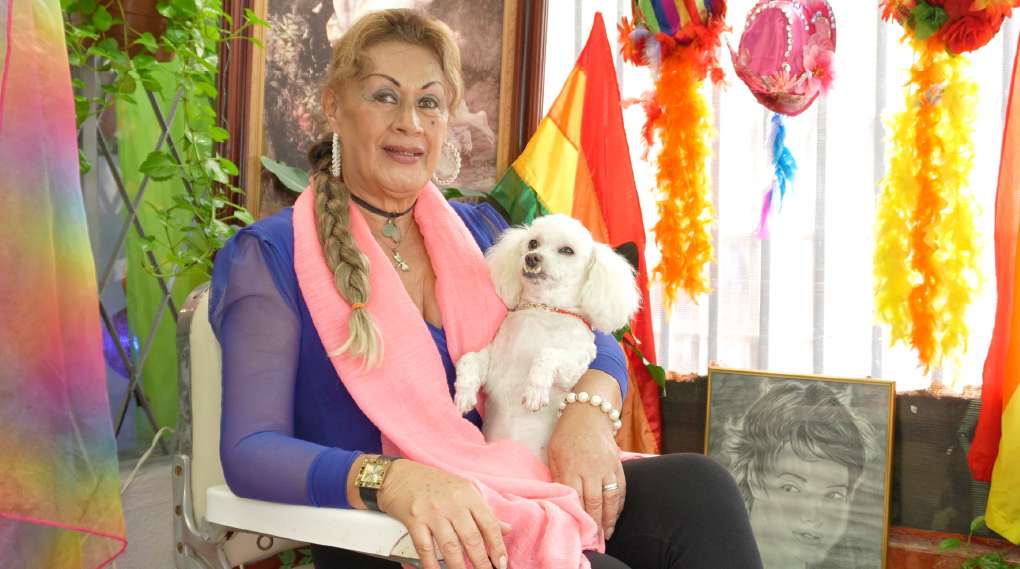
Erika del Río marched in her first Pride in Popayán in 2012. It was a small and hesitant gathering, but it made history: for the first time ever, the rainbow flag was raised at the Cauca Governor’s Office. “We wanted to be visible and claim our humanity,” she says. That day, under pouring rain and wearing a hat, she performed and marched with pride—clearing a path for the marches that came after.
Since then, she’s been both witness and protagonist in the movement’s growth in her city. She acknowledges the progress, but also sees global setbacks and the persistence of stigma. “I’m not a survivor—I’m resilient,” she says, remembering past torture and her refusal to harbor hatred. Today, she’s a role model for new generations, many of whom call her “Mother.” Her message: “Educate yourselves. Get strong. It’s not just about marching anymore. We have rights, but also duties. And we must keep fighting with dignity.”

